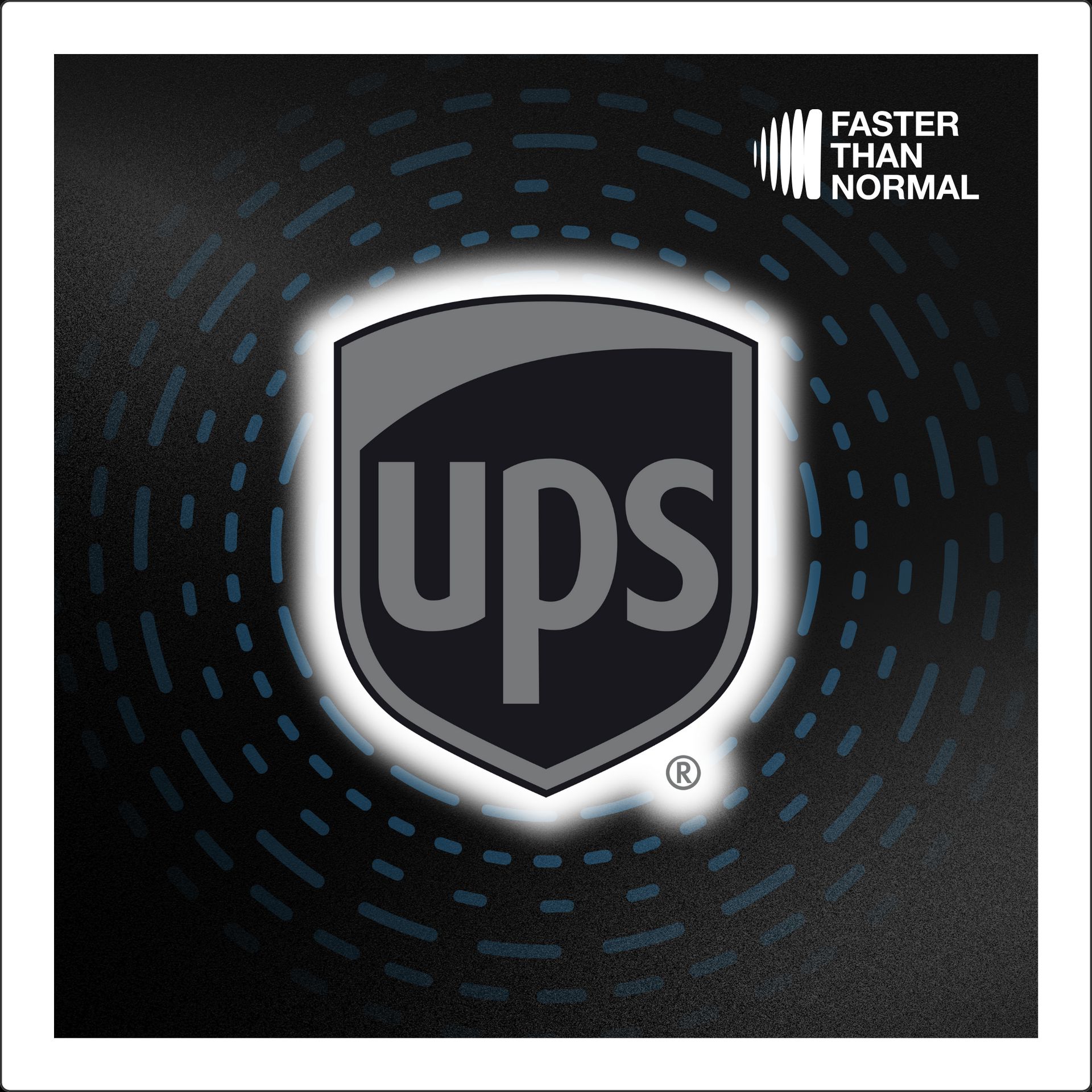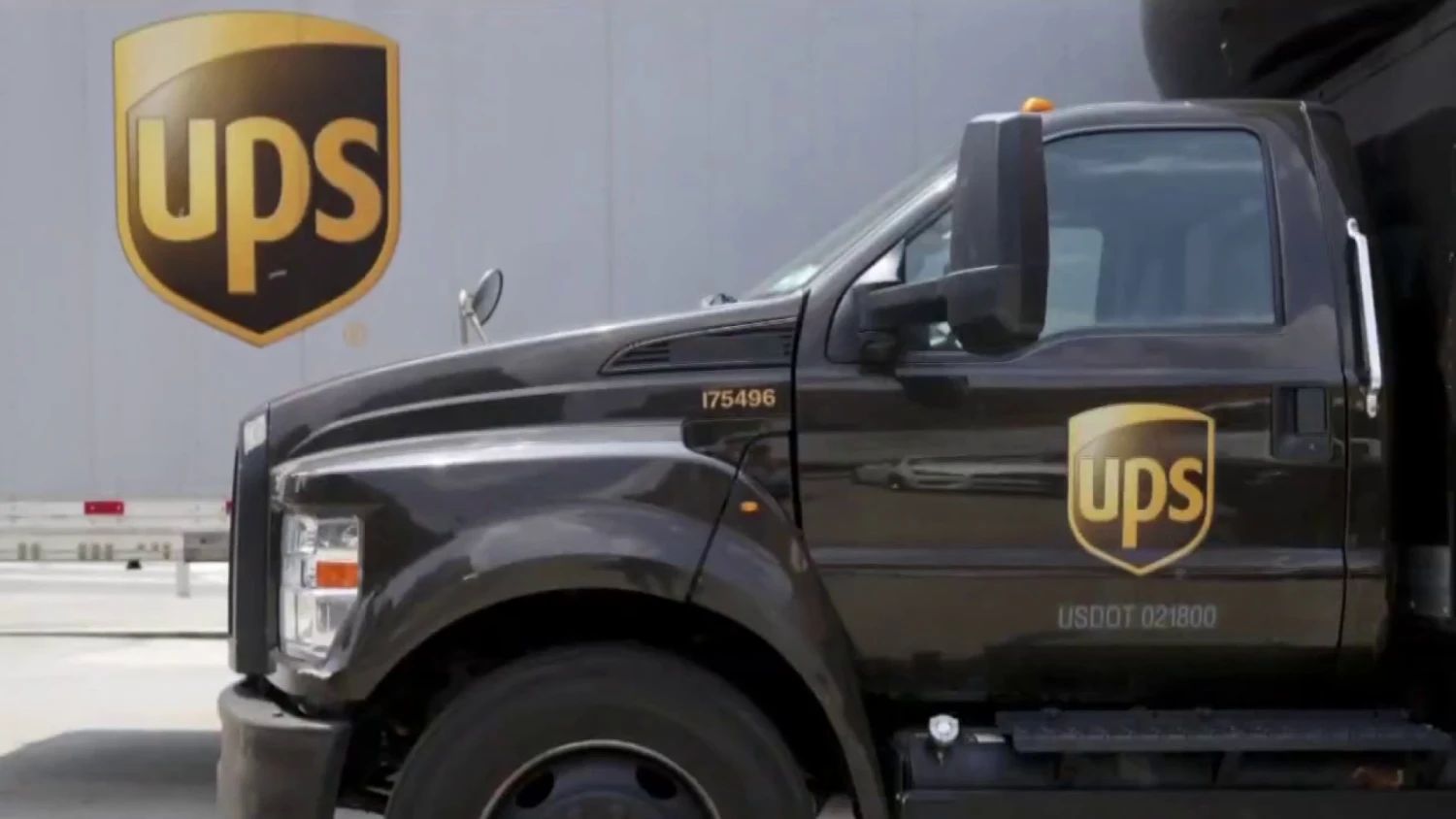- Faster Than Normal
- Posts
- UPS
UPS

This edition is brought to you by Athyna
Good morning to all new and old readers! Here is your Saturday edition of Faster Than Normal, exploring the stories, ideas, and frameworks of the world’s most prolific people and companies—and how you can apply them to build businesses, wealth, and the most important asset of all: yourself.
Today, we’re covering UPS and their journey to becoming one of the world’s most trusted logistics giants..
If you enjoy this, feel free to forward along to a friend or colleague who might too. First time reading? Sign up here.
What you’ll learn:
How UPS turned a $100 startup into a global delivery powerhouse
Lessons on obsessing over details, never stop evolving and brown is beautiful
Cheers,
Alex
P.S. Send me feedback on how we can improve. We want to be worthy of your time. I respond to every email.
UPS

From Messenger Boys to Global Logistics Giant
In 1907, two teenagers in Seattle had an idea. Not a groundbreaking one, mind you. Just a simple notion that they could make some money running errands and delivering messages. With a $100 loan, Jim Casey and Claude Ryan started the American Messenger Company.
Their beginnings were humble. Basement office. Bicycle deliveries. Long hours. But they had grit.
"We were just a couple of kids with a bike and a dream," Casey later recalled.
The early days weren't easy. Competing messenger services. Tight margins. Seattle's hilly terrain making deliveries a literal uphill battle. But Casey and Ryan persevered.

Their big break came in 1913. Retail stores needed a way to deliver packages to customers. The American Messenger Company saw an opportunity. They shifted focus from telegrams to parcels. Smart move.
By 1919, they had expanded to California and rebranded as United Parcel Service. UPS was born.

The company grew steadily through the 1920s and 30s. But World War II presented a major challenge. Fuel rationing. Labor shortages. Reduced consumer spending. UPS had to adapt.
"We learned to do more with less," said Casey. "It made us stronger."
Post-war, UPS hit its stride. The rise of suburban shopping centers created huge demand for home delivery. UPS was there to meet it. By 1975, they served every address in the continental U.S.
But the biggest hurdle was yet to come. In 1997, a 16-day Teamsters strike brought UPS to its knees. Operations ground to a halt. Millions in losses daily. The company's future hung in the balance.
UPS didn't fold. They negotiated. Compromised. Emerged battered but intact. And learned valuable lessons about labor relations.
The 21st century brought new challenges. E-commerce. Globalization. Sustainability concerns. UPS evolved again. They invested heavily in technology. Expanded internationally. Greened their fleet.
Today, UPS is a $93 billion company. They deliver 24.7 million packages daily. Operate in over 220 countries. A far cry from two kids with bikes.

"Our success comes from never forgetting where we started," says CEO Carol Tomé. "We still approach each day with the hunger and hustle of a startup."
The UPS story isn't about overnight success. It's about steady growth. Adapting to change. Learning from setbacks. Staying true to core values.
Casey put it best: "Determined people, working together, can do anything."
From messenger boys to global logistics leader. Not bad for a $100 idea.
Lessons
Lesson 1: Obsess over details. UPS's founder, Jim Casey, was fanatical about the appearance of his drivers and the quality of their service. He even created a detailed policy book for employees. This obsession with minutiae might seem excessive, but it's what built UPS's reputation for reliability. "We learned to do more with less," Casey noted. This attention to detail became a competitive advantage.
Lesson 2: Never stop evolving. UPS started with bikes, moved to trucks, and now invests heavily in technology and e-commerce solutions. They've stayed relevant for over a century by constantly adapting. As CEO Carol Tomé says, "Our success comes from never forgetting where we started. We still approach each day with the hunger and hustle of a startup."
Lesson 3: Brown is beautiful. UPS turned a practical decision into a brand identity. When they chose brown for their trucks to hide dirt, they accidentally created one of the most recognizable brand colors in the world. Sometimes, the best branding comes from solving real problems, not from focus groups or design agencies.
Lesson 4: Decentralize power. UPS grew by delegating authority to regions, districts, and hubs. This structure allowed for faster decision-making and better local adaptability. It's counterintuitive for a logistics company to spread out control, but it worked.
Hire remote employees with confidence
Two years ago, I hired an offshore assistant , and it’s been one of the best decisions I’ve made. From marketing to customer support, it’s helped streamline work and boost productivity.
Athyna is a service that finds top remote employees in <5 days in Latam, Africa, and Sth East Asia. They cover roles in finance, creative, engineering, and product, sourcing top talent from companies like Google, AWS, Microsoft, and more.
If you’re in the market for talent, visit their website to explore options and cover all your hiring needs.
Speeches and Interviews
Videos
Further Readings
That’s all for today, folks. As always, please give me your feedback. Which section is your favourite? What do you want to see more or less of? Other suggestions? Please let me know.
Have a wonderful rest of week, all.
Recommendation Zone
⎯
Build Global Teams, Save Smart
Hiring remote talent has been one of the most impactful decisions I’ve made, supporting everything from marketing and customer support to operations and admin.
I’ve used Athyna, a global talent platform that helps companies quickly hire top professionals from talent-rich regions like Latin America, Southeast Asia, and Africa — often delivering up to 70% cost savings. They move fast (under 5 days), and cover roles across engineering, marketing, design, and ops.
Athyna sources talent from companies like Facebook, Uber, Zoom, and Salesforce, so you’re not sacrificing quality, just unlocking global efficiency. Highly recommend giving them a look.
Why Faster Than Normal? Our mission is to be a friend to the ambitious, a mentor to the becoming, and a partner to the bold. We achieve this by sharing the stories, ideas, and frameworks of the world's most prolific people and companies—and how you can apply them to build businesses, wealth, and the most important asset of all: yourself.
Faster Than Normal is a ‘state' of being’ rather than an outcome. Outlier performance requires continuous, compounded improvement. We’re your partner on this journey.
Send us your feedback and help us continuously improve our content and achieve our mission. We want to hear from you and respond to everyone.

Interested in reaching Founders, Operators, and Investors like you? To become a Faster Than Normal partner, apply here.

